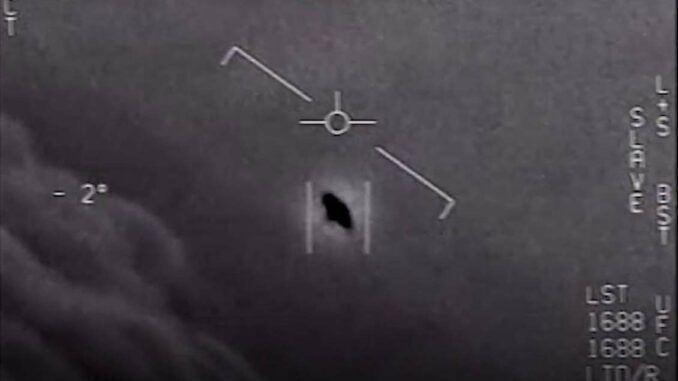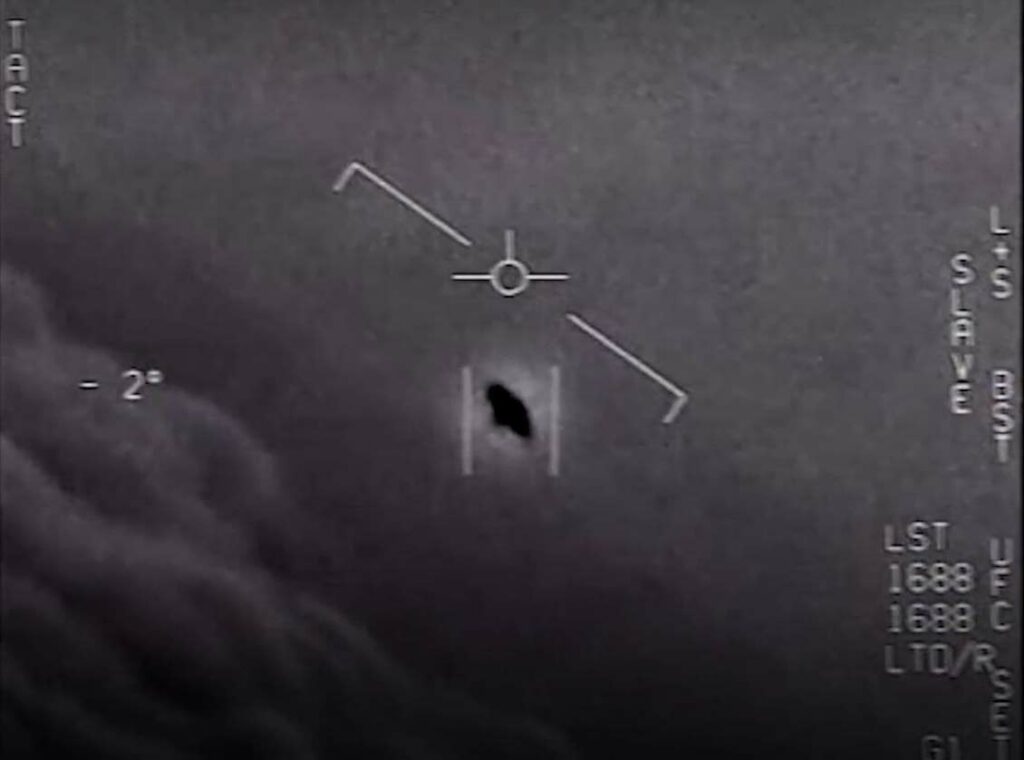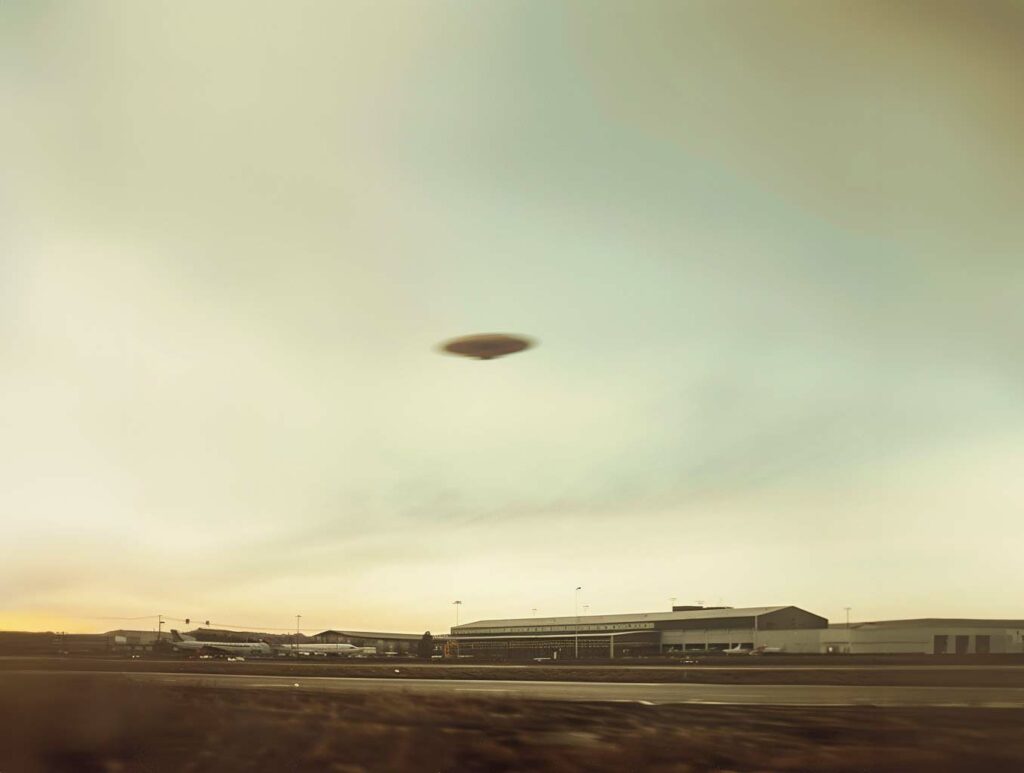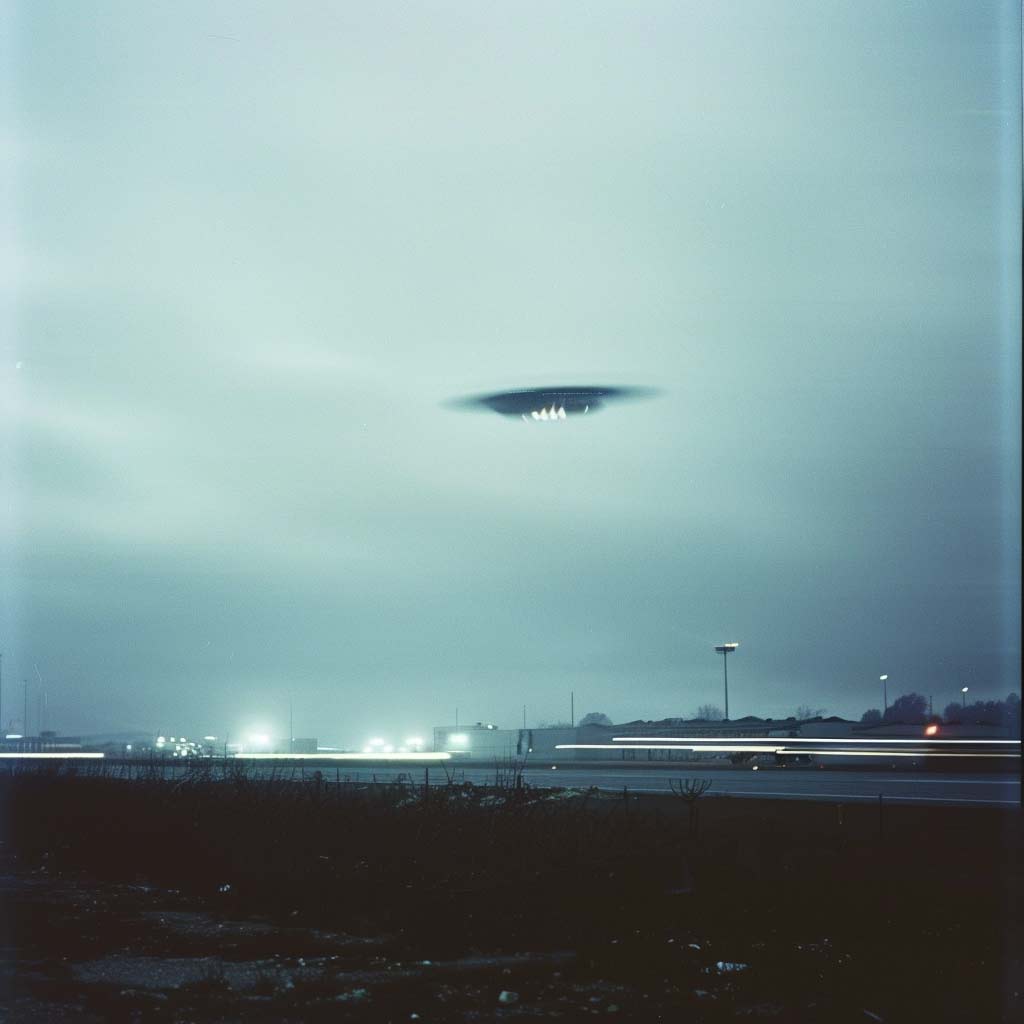
Technical analysis of unidentified drone incursions on military installations, with implications for national security.
Mysterious incursions on defense sites
Recent incursions by unidentified drones on defense and nuclear sites in the USA raise serious questions about airspace security and management. These incidents include drone sightings at various Department of Energy (DOE) facilities and Langley Air Force Base in Virginia.
The drones observed at Langley Air Force Base varied in size and configuration, indicating a technological diversity that poses particular challenges in terms of aviation safety. Despite the absence of any obvious hostile intent, the mere presence of these drones in restricted airspace represented a potential risk to flight safety.
In addition, several DOE sites were targeted by unauthorized drones despite flight restrictions imposed by the Federal Aviation Administration (FAA), including nuclear facilities, laboratories and research centers. These incursions have included sightings of large swarms of drones, notably near the Palo Verde Nuclear Generating Station in Arizona, raising concerns about their ability to gather intelligence or interfere with operations.
These incidents are not only a concern for US national security, but also have parallels in other parts of the world. Similar incursions have been reported near nuclear facilities in Sweden, where unidentified drones have been observed, leading to speculation about possible surveillance by foreign state actors.
The response to these threats includes technological developments designed to enhance security. For example, the use of drones equipped with radiation detectors to inspect nuclear sites reduces the risk of human exposure to radiation and improves the ability to proactively monitor these sensitive facilities.
It is essential to continue to evaluate and improve security strategies in response to these emerging threats, incorporating both technological innovations and closer inter-agency cooperation to protect critical infrastructures.

The Pentagon’s response and ongoing investigations
Faced with these complex incidents, the Pentagon seems reluctant or unable to provide photographic or video evidence confirming the conventional or unconventional nature of the objects observed. These “drones”, often observed in large numbers, as at Langley Air Force Base, have led to the mobilization of a special NASA aircraft to collect data. This situation has triggered unprecedented multi-jurisdictional investigations, which have not yet reached any definitive conclusions.
A cautious approach in the face of uncertainty
The Pentagon, in response to repeated incursions by drones or unidentified objects, has adopted a cautious approach. This reserve can be attributed to the absence of clear evidence that would allow the nature and origin of these objects to be determined with certainty. The inability to provide images or videos may be due to reasons of national security, or to the insufficient quality of the evidence available, which makes it impossible to draw definitive conclusions.
Mobilization of specialized resources
NASA’s mobilization of an aircraft equipped with the world’s most advanced camera technology illustrates the seriousness with which the US government takes these incidents. This initiative aims to obtain reliable data on the physical characteristics and behaviors of these objects, to better understand their capabilities and potentially identify their origin.
The complexity of multi-jurisdictional investigations
Investigations involve various federal agencies, including the Department of Defense, NASA, and the FAA, each with its own protocols and areas of expertise. This inter-agency collaboration is essential to cover all aspects of national security affected by these incursions. However, the coordination of multiple agencies can also complicate the speed and efficiency of investigations, prolonging the period of uncertainty and limiting the availability of concrete information to share with the public and other branches of government.

History of similar sightings
The history of sightings of unidentified objects near sensitive military installations, notably nuclear missile silos, goes back several decades. In the 1960s and 1970s, repeated cases of such phenomena were reported in the United States, notably at Malmstrom Air Force Base in Montana, a storage site for nuclear-tipped intercontinental ballistic missiles. For example, in 1967, several of these missiles became inoperative simultaneously while a glowing object was observed flying over the base. This incident was one of many associated with nuclear activities or sensitive sites related to national defense.
Incidents of the 1960s and 1970s
These incidents included objects executing maneuvers at speeds exceeding those of any known aircraft on Earth, often observed by highly trained and credible military personnel. Such reports have been supported by advanced detection technologies over the years, making sightings more difficult for authorities to ignore or deny.
The case of Minot air base
In 1966, a notable incident was recorded at Minot Air Force Base, where an unidentified flying object was observed disabling all the site’s nuclear missiles, rendering them unlaunchable. This event was followed by strict instructions to witnesses never to speak of what they had seen, underscoring the sensitivity and secrecy surrounding such occurrences.
These historical sightings show an intriguing continuity with recent incidents, suggesting a recurrence of unidentified phenomena targeting strategic sites over several decades. This persistence of sightings in the vicinity of nuclear and military installations raises important questions about security and surveillance in these highly secure areas.

Technical and safety implications
The drones involved in these incidents display unique capabilities such as flying or hovering in high winds without emitting any discernible noise, which is incompatible with conventional drone technologies. This raises major concerns about national security vulnerabilities, including the possibility that these objects could be advanced surveillance devices or other foreign technologies.
The inability to clearly identify these objects and understand how they work underscores the need for defense and intelligence agencies to expand their capabilities to detect and neutralize such threats. Congress, realizing the scale of the phenomenon, may need to demand more concrete responses and an improved response strategy to protect critical national assets against potentially sophisticated threats.
War Wings Daily is an independant magazine.